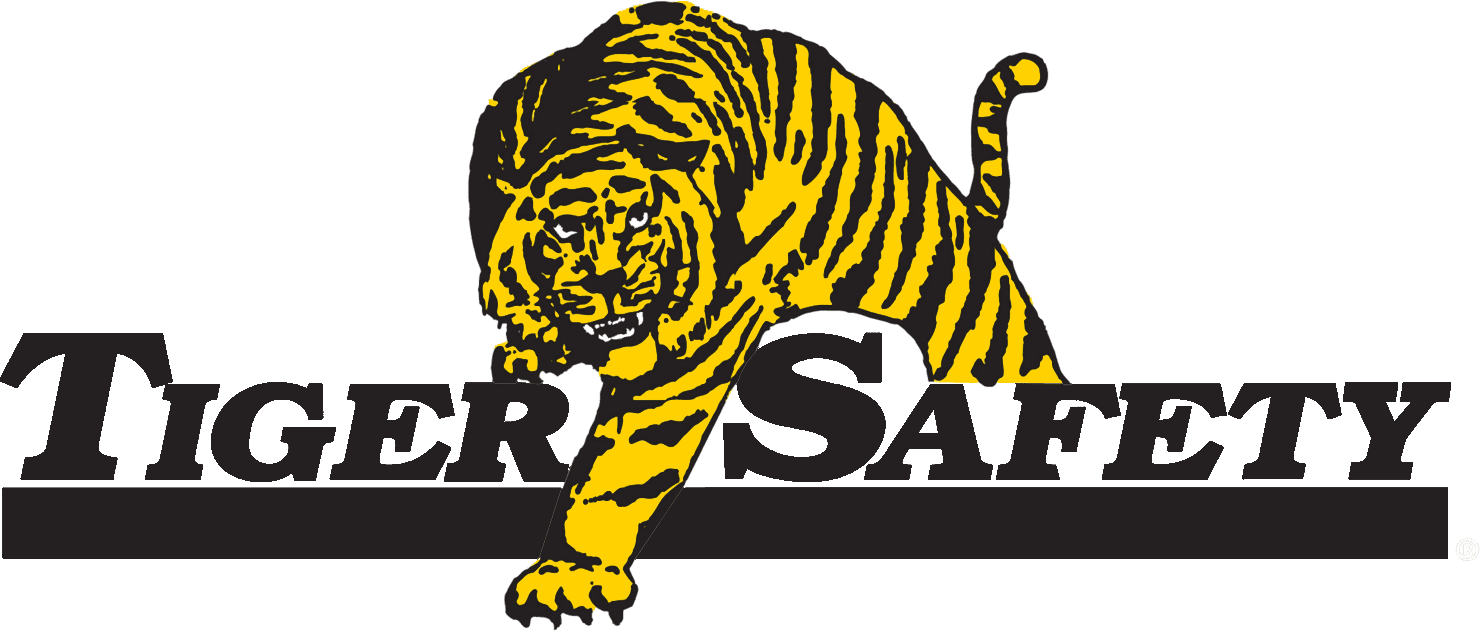The oil and gas industry’s inherently high-risk nature demands strict safety measures and the use of reliable equipment to mitigate potential hazards and ensure the smooth operation of projects. One such essential piece of equipment in oil and gas operations is the choke manifold. This critical component plays a crucial role in maintaining well control, regulating pressure, and ensuring the safety and efficiency of drilling and production operations.
This article will explore the fundamental functions of choke manifolds, discuss their components and working principles, and provide insights into best practices for choke manifold operation and maintenance. Additionally, we will highlight how Tiger Safety Rentals can support your choke manifold needs, providing expert guidance and high-quality equipment tailored to your specific operational requirements.
Choke manifolds serve as primary pressure control equipment during drilling and production operations, particularly in high-pressure wells that may encompass severe conditions. They facilitate the flow of fluids from the well, allowing operators to regulate pressure precisely and manage potential kicks and surges. By controlling pressure and fluid flow, choke manifolds help prevent critical incidents such as blowouts, ensuring the safety of personnel, equipment, and the environment.
Tiger Safety Rentals is dedicated to providing specialized services and equipment tailored to the demanding safety requirements of the oil and gas industry. Our commitment to delivering the highest quality and most cost-effective specialty equipment and services makes us the ideal partner for your choke manifold needs.
Continue reading to learn more about this essential piece of equipment and how Tiger Safety Rentals can help ensure the safety, efficiency, and success of your oil and gas operations.
Understanding the Importance of Choke Manifolds in Oil and Gas Operations
Functions of Choke Manifolds
- Pressure Regulation: Choke manifolds play a pivotal role in regulating wellhead pressure during drilling and production operations, allowing operators to maintain the desired flow rate and pressure of the fluids. By adjusting the size of the choke opening, they enable precise control of fluid flow, ensuring optimal performance and safety.
- Well Control: In instances where reservoir pressure overcomes the weight of the fluid column in the wellbore, a kick may occur. Choke manifolds help manage such situations, enabling operators to divert the flow of formation fluids and gas to diverters or mud-gas separators, preventing catastrophic events like blowouts.
- Pressure Testing: During wellbore construction, operators conduct pressure tests to ensure the strength and integrity of casings, drill pipes, and other downhole equipment. Choke manifolds facilitate these tests by allowing operators to apply pressure to the wellbore while monitoring the system’s response.
- Emergency Shut-off: In the case of an emergency, choke manifolds enable operators to close off the flow of fluids rapidly, preventing damage to equipment and the environment while ensuring worker safety.
Components of a Choke Manifold
- Gate Valves: These valves are responsible for isolating different sections of the manifold, providing the ability to divert flow and control pressure through various pathways.
- Choke Valves: These adjustable valves regulate the flow of fluids by altering the size of the opening through which they pass. Choke valves can be categorized into fixed chokes, which use a fixed orifice, and adjustable chokes, which allow operators to modify the orifice size as required.
- Crosses and Tees: Crosses and tees are piping components that connect multiple valve arrangements within the manifold. They facilitate the flow of fluids through the choke manifold, redirecting the flow of liquids and gases as necessary.
- Pressure Gauges and Sensors: These instruments monitor the pressure levels within the manifold, enabling operators to maintain control over well pressure and flow rates.
Best Practices for Choke Manifold Operation and Maintenance
- Regular Inspections: Regular visual inspections of choke manifolds are essential for ensuring proper operation and detecting potential issues. Inspections should include checking for leaks, loose connections, or any signs of damage or corrosion in both the manifold and its associated components.
- Preventive Maintenance: To prolong the service life and ensure the functionality of choke manifolds, it is crucial to adhere to routine maintenance schedules. This includes replacing worn or damaged parts, lubricating moving components, and cleaning valves and seats to prevent the buildup of debris.
- Proper Training: Ensuring that personnel responsible for operating choke manifolds are adequately trained is vital for maintaining safety and efficiency. Proper training should include understanding choke manifold components, their functions, and operation procedures, as well as emergency response procedures in case of well control incidents.
- Compliance with Regulations and Standards: Adhering to industry regulations and standards for the design, operation, and maintenance of choke manifolds is crucial for ensuring safety and compliance. This includes following guidelines set forth by organizations such as API, ANSI, and ISO.
How Tiger Safety Rentals Supports Your Choke Manifold Needs
- Expert Consultation: Our team of industry professionals is equipped to provide expert advice and guidance on choke manifold selection, operation, and maintenance, ensuring that your oil and gas operations remain safe and efficient.
- High-Quality Equipment: At Tiger Safety Rentals, we offer an extensive range of top-quality choke manifolds and associated components, ensuring that your operations can access the most reliable and robust equipment.
- Customized Solutions: We understand that every oil and gas operation has unique requirements and challenges. Our team is committed to providing tailored choke manifold solutions to meet your specific needs and objectives.
- Ongoing Support: Partnering with Tiger Safety Rentals ensures access to ongoing support throughout your operations, from expert advice and consultation to equipment troubleshooting and maintenance assistance.
Conclusion
Choke manifolds play an essential role in maintaining the safety and efficiency of oil and gas operations, regulating wellhead pressure, managing well control, and conducting pressure testing. By partnering with Tiger Safety Rentals, you can access expert advice, high-quality equipment, and ongoing support to optimize your choke manifold‘s performance and ensure the success and safety of your operations.
Contact us today to learn how our tailored solutions can meet your oil and gas operation’s choke manifold needs and enhance the overall safety and efficiency of your projects.

